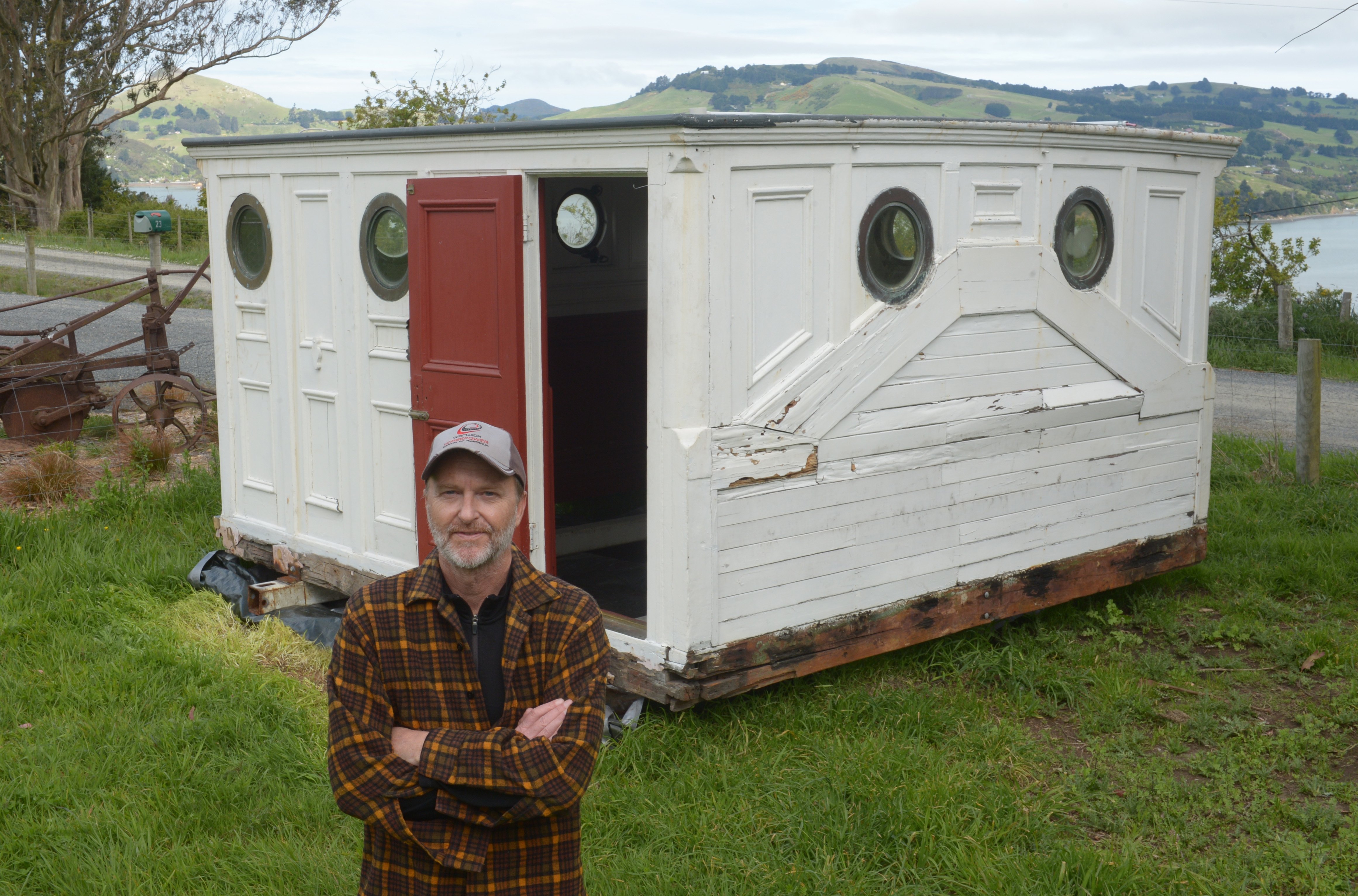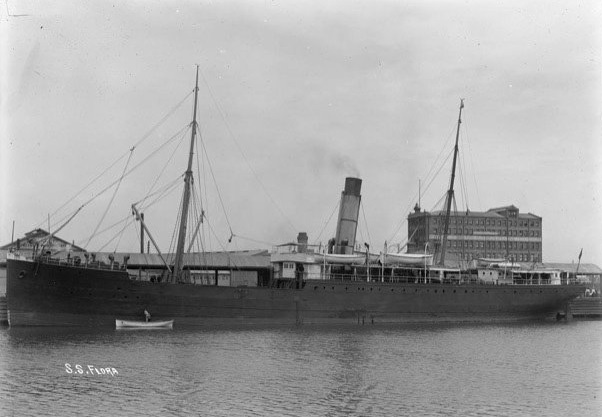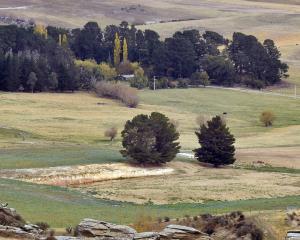
In a former life, the building was a passenger cabin which sat atop SS Flora.
The vessel was built in 1882 in Hull, England, for the Tasmanian Steam Navigation Company, and in 1891 it was bought by the Union Steam Ship Company of New Zealand to carry freight and passengers around New Zealand.
Its reputation as a passenger vessel was not glowing.
American writer Mark Twain once travelled on the vessel in 1895, from Lyttelton — and he was not impressed.
He wrote of the experience, saying: "The people who sailed in the Flora that night may forget some other things if they live a good while, but they will not live long enough to forget that.
"She must have had all of 200 on board. All the cabins were full; all the cattle stalls in the main stable were full ...
"I had a cattle stall in the main stable — a cavern fitted up with a long double file of two-storied bunks, the files separated by a calico partition — 20 men and boys on one side of it, 20 women and girls on the other.
"The place was as dark as the soul of the Union Company, and smelt like a kennel.
"That boat was the foulest I was ever in."
When it reached the open seas, he said all the passengers became seasick.

When she was retired from passenger duties in 1925, Port Otago marine superintendent Captain Norman Beaumont took ownership of the passenger cabin and used a team of six draught horses to transport it to Karitane, where it was used as a bunkroom for his grandchildren, sitting alongside the family crib.
Capt Beaumont’s great-grandson John Fitzgerald said the Beaumont family moved the cabin to Wanaka for a holiday home in the late 1960s, before moving it again to a family member’s Waitati property, where it became a sleepout for the captain’s great-grandchildren.
Mr Fitzgerald said in the early 1990s, Capt Beaumont’s grandsons — Beau, Gerald and Norman Fitzgerald and Matheson Beaumont — gave the cabin to the Port Chalmers Maritime Museum and it was housed in the museum’s "Red Shed" until a couple of years ago when Port Otago began developing its new annex.
With the museum refurbishment and Port Otago annex build pending, the Red Shed was rehomed and the cabin was safely popped in a corner of the cruise ship terminal.
Mr Fitzgerald said he asked the museum what they planned to do with the cabin, and if there was no obvious plan, suggested the family would welcome it back any time.
After 99 years, it was recently returned to the family — namely, extended family member Quinn Berentson.
Mr Berentson said he planned to restore the cabin again and turn it into a sleepout/writer’s room.
It is now perched high on the hill above West Harbour.
"I’m a writer and with all the history that has soaked into it, I think it would be a really good writer’s lurk, out of the house — especially with the view it has now."












